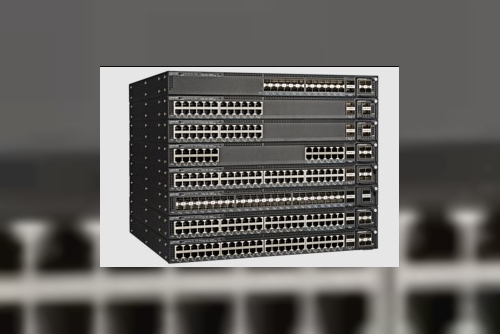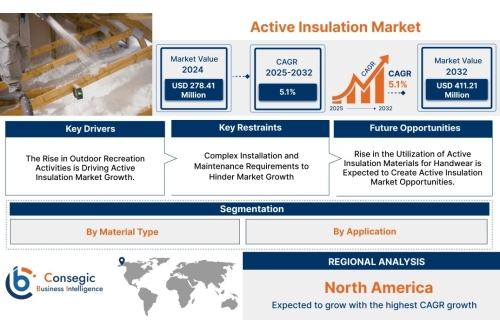Calcified fibroids are a specific type of uterine fibroid that has undergone a process of calcification, where the fibroid's tissue gradually hardens due to calcium deposits. This transformation usually occurs in women who are nearing or have gone through menopause. As the body’s estrogen levels decrease, fibroids may stop growing and begin to shrink, leading to calcification over time. While calcified fibroids are generally non-cancerous, they can still cause symptoms that may require medical attention.
Causes of Calcified Fibroids
Fibroids, including calcified ones, develop from the muscle tissue of the uterus. The exact cause of fibroids is not fully understood, but several factors may contribute to their formation, such as hormonal imbalances, genetic predisposition, and age. Estrogen and progesterone, two hormones that stimulate the growth of the uterine lining during each menstrual cycle, can also promote the growth of fibroids. As a woman ages and her hormone levels decline, fibroids may calcify as they shrink.
Symptoms of Calcified Fibroids
Though calcified fibroids are often asymptomatic, some women may experience symptoms depending on the size and location of the fibroid. Common symptoms can include:
Pelvic pain or pressure
Heavy menstrual bleeding
Bloating or a feeling of fullness in the abdomen
Frequent urination due to pressure on the bladder
Constipation if the fibroid presses against the bowel
Pain during intercourse
It’s important to note that the symptoms of calcified fibroids can vary widely, and in some cases, women may not experience any discomfort at all.
Treatment Options for Calcified Fibroids
Treatment for calcified fibroids depends on the severity of the symptoms and the impact on a woman’s quality of life. Here are some of the most common treatment options:
Watchful Waiting: If the fibroid is small and not causing significant symptoms, a doctor may recommend regular monitoring without immediate intervention.
Medications: Hormonal therapies may be prescribed to manage symptoms such as heavy bleeding or pelvic pain. However, these treatments do not eliminate the fibroid itself.
Uterine Fibroid Embolization (UFE): UFE is a minimally invasive procedure that cuts off the blood supply to the fibroid, causing it to shrink. This option is effective for treating symptomatic fibroids, including those that are calcified.
Surgery: In cases where the fibroid is large or causing severe symptoms, surgical options such as myomectomy (removal of the fibroid) or hysterectomy (removal of the uterus) may be considered.
Lifestyle Changes: Maintaining a healthy diet, regular exercise, and managing stress levels can help alleviate symptoms and improve overall well-being.
Calcified fibroids, while often less problematic than other types of fibroids, can still cause discomfort and disrupt daily life. Understanding the potential symptoms and exploring treatment options with a healthcare provider is crucial in managing this condition. Women experiencing symptoms related to calcified fibroids should consult with a specialist to determine the best course of action.












